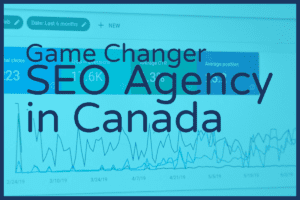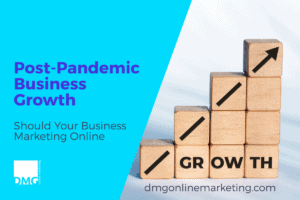 I like to think of landing pages like an RSVP to a party. With proper landing pages best practices I can gather information from a landing page, I know who wants to come to my different “parties.” There’s the email newsletter party or the ebook party. Clients could choose the free estimate party or the demonstration party.
I like to think of landing pages like an RSVP to a party. With proper landing pages best practices I can gather information from a landing page, I know who wants to come to my different “parties.” There’s the email newsletter party or the ebook party. Clients could choose the free estimate party or the demonstration party.
When you plan a party and send out an invitation, you have two purposes. First, you want to create excitement for your event so guests will want to attend. Secondly, you want guests to respond to the invitation so you can plan appropriately.
A landing page works in much the same way. First, you want to draw potential clients to the page because it offers something they want or need and gets them excited about your services. Secondly, you want the client to then take action when they land on the page.
Any host could tell you, though, that while anyone can make an invitation, not all invitations are created equal. Anyone can make a landing page, too, but making a landing page that turns your party into the party everyone wants to go to takes skill. That is why you must follow some landing pages best practices.
Landing Pages Best Practices: Making it Great
Your landing page should result in client engagement and action. Here are a few landing pages best practices to turn your lackluster landing pages into one that gets people to the party.
[dropcap]1.[/dropcap] Emphasize the call to action. On an invitation, you call attention to the important information like where and when. Do the same for your calls to action. Set them apart from the rest of the text using boxes, white space and other graphic elements. Allow your prospect to find the call to action simply by looking at the page.
[dropcap]2.[/dropcap] Make the result clear. No one likes going to a party full of surprises. Potential clients don’t want surprises, either. Explicitly let your prospects know what they will get if they fill out a form, click a link or provide information and then deliver on that promise.
[dropcap]3.[/dropcap] Eliminate distractions. An invitation to a birthday party shouldn’t also highlight upcoming events like weddings and anniversaries. It’s too distracting. Keep your landing page free of information that doesn’t pertain to the call to action, such as extra links or added content.
[dropcap]4.[/dropcap] Keep it simple. This means simple text, simple graphics and a short, concise message. Prospects won’t spend a lot of time reading copious content on a landing page just like they won’t read your life story in an invitation. They want to skim and scan, make a decision and move to the next thing.
[dropcap]5.[/dropcap] Invite more guests. Incorporate social media sharing into your landing pages so prospects that find your page and content useful can spread the word and let others know how to join the party on your landing page. Word of mouth and social buzz can enliven a party; it can enliven your landing page, too.
[dropcap]6.[/dropcap] Get the “yes.” Use standard marketing strategies to get your prospects to engage in the call to action. Make it easy to say yes by reducing the barriers like too many fields in the form. Create a sense of urgency for the call to action. And use a flashy “yes” button. It’s hard to say no to the prettiest invitation you’ve ever received. Plus, market tests confirm that prospects react to a high contrast button.
[dropcap]7.[/dropcap] Keep your promises. Your prospects came to your landing from somewhere. You need to know their motivation for coming to your landing page and fulfill their expectations once they arrive. When you deliver on your promise, the prospect is more likely to trust you and provide the yes you’re looking for.
For landing pages best practices, make your landing page the party everyone wants to go to. Create excitement, propel your prospects to action and help everyone have a great time with dynamic landing pages. Landing pages best practices is another key ingredient to your overall inbound marketing plan.
Image from Optify
[ “6843, 6838, 5826, 5818”]



